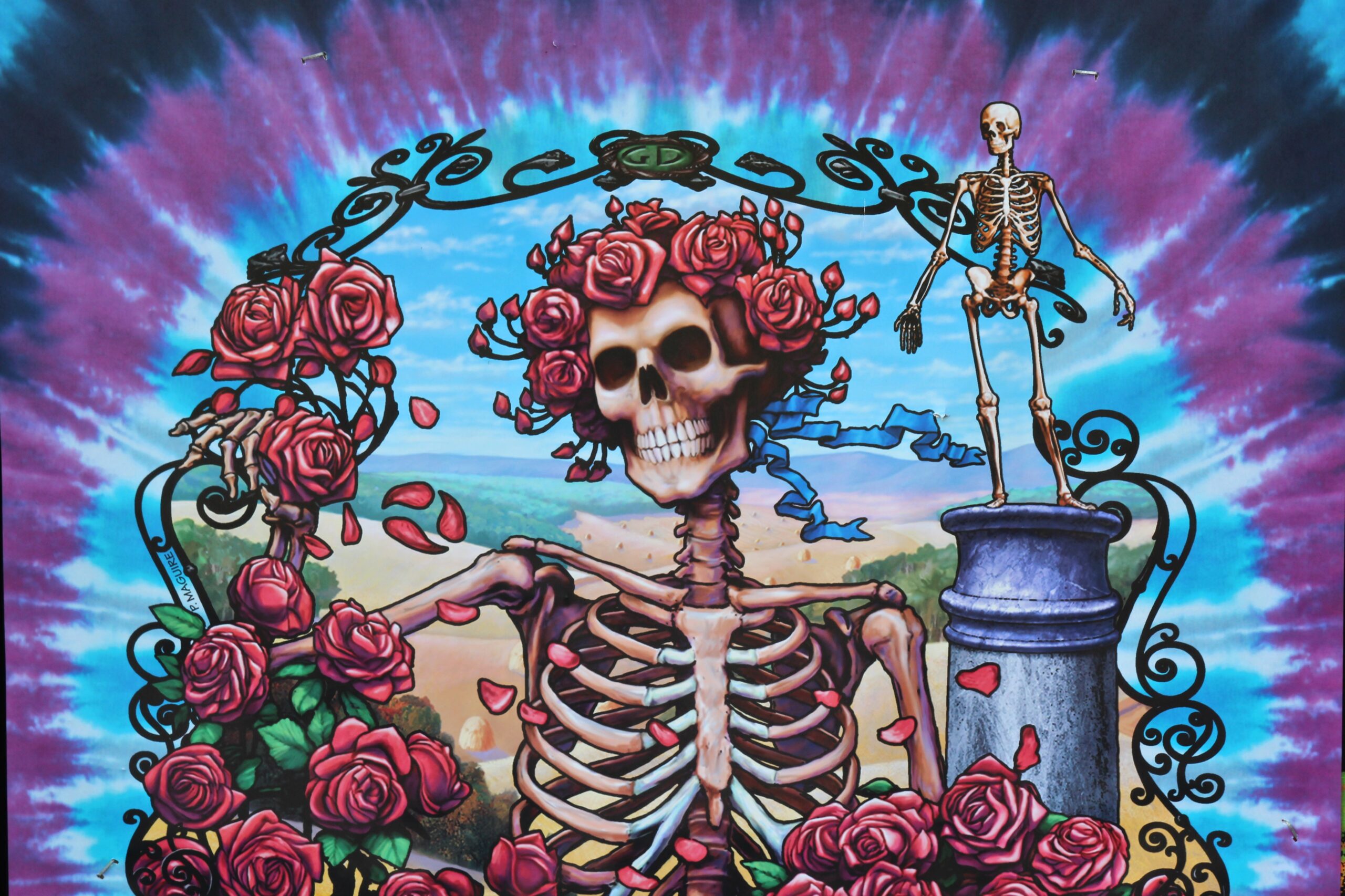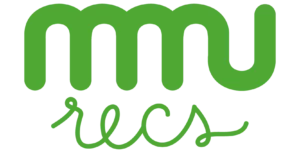For medical marijuana card holders and recreational users worldwide, the term 420 has a certain significance. Each year on April 4th, cannabis users congregate in public areas to mark the date by catching up with friends and smoking some weed – medical or otherwise! Locations made famous for this get together include Hippie Hill in San Francisco, the University of Colorado’s Boulder Campus and UC Santa Cruz’s Campus, whose unofficial 420 event became so big that students received an official email from the University’s Vice Councilor for student events which stated that, “The growth in scale of this activity has become a concern for both the university and surrounding community”. But how exactly did the term 420 become so popular? How is it that a California medical marijuana card is now often being referred to as a 420 card?

San Rafael High School is where the Waldos coined the term ‘420’.
Well, there’s been quite a backstory to this one, and quite a few myths being circulated too. Whispers have been going around since the 1970s about how the term came about. Depending on who you’re talking to, and what state of inebriation you find them in, people swear that the term for a 420 card was coined as a product of any one of the following: the fact that Hitler’s birthday was April 4th 1889, it’s the number of active chemicals that are in marijuana, it’s the multiplied result of the titular numbers of Bob Dylan’s song “Rainy Day Woman 12 & 35” and many more. Probably the most famous myth attributed to the coining of the phrase is that ‘420’ is police code for ‘marijuana smoking in progress’ – something that has since been debunked as no such code exists in California police code.
In reality, the story behind how a 420 card became known as such is a simple one that was borne out of an easy way to avoid detection when smoking weed. In order to give you a more detailed picture of the origin of the term, we’re going to have to take you back to 1971 in sunny San Rafael, California and introduce you to a group of friends called the Waldos.
The Waldos were a group of five friends from San Rafael High School, simply named for the fact they used to hang out at a wall. One day sometime in 1971, the Waldos got word of a Coast Guard service member who had a plot of land near Point Reyes Peninsula Coastguard Station on which he harvested weed. However, this man was no longer was able to tend to his crop. Armed with a treasure map, supposedly drawn by the grower, the friends decided that they were going to seek out and take the weed for their own. As this was in the days before mobile phone communication, the Waldos decided that they were to meet at precisely 4.20pm, after track practice, at the Louis Pasteur statue outside the entrance to the school. As they passed each other in the hallways, the friends would remind themselves of their plan by saying “420-Louis” to one another which was eventually shortened to 420.
As expected, the first few trips were unsuccessful in locating the patch. Determined as teenage boys are, they continued to search week in week out, each time meeting at exactly 4.20pm beside the statue of Louis Pasteur. Although the friends were disappointed in their failure to find the stash, they had found themselves a new code word along the way. Waldo Steve explains why the word caught on among their friend group: “I could say to one of my friends, I’d go, ‘420,’ and it was telepathic. He would know if I was saying, ‘Hey, do you wanna go smoke some?’ Or, ‘Do you have any?’ Or, ‘Are you stoned right now?’ It was kind of telepathic just from the way you said it,” Capper says. “Our teachers didn’t know what we were talking about. Our parents didn’t know what we were talking about.”
How did a term used by a tiny group of high school stoners evolve into the worldwide phenomenon that it is today? It has a lot to do with Californian band The Grateful Dead. The Waldos were intrinsically linked with the rock band since they upped tools from Haight Ashbury in San Francisco and moved to just a block away from San Rafael High School. Waldo Mark’s Dad looked after real estate for the band and Waldo Dave’s older brother Patrick was good friends with their bassist Phil Leash. The Waldos started to hang out with the Dead at parties and rehearsals where weed smoking was near compulsory. Whenever someone passed around a joint, it was punctuated by someone saying ‘Hey 420’.

The Grateful Dead were instrumental in propagating the ‘420 card’ phrase.
As the band continued to tour throughout the ’70s and ’80s, the phrase was tossed around in their circles and in their fan communities. However, until High Times magazine caught wind of the phrase, it was confined to within the Grateful Dead subculture. It was only when the High Times wrote about it that it became the international phenomenon that it is today.
Unfortunately for the Waldos, High Times proliferated the myth that 420 and the subsequent phrase of 420 card had originated from California police code instead of their autumn excursions in 1971. When the friends started to hear the phrase more and more they took matters into their own hands and contacted High Times directly in 1998 to set the record straight. After much back and forthing between the Waldos and the magazine it was wholly agreed upon that the friends were telling the truth and that it was them who coined the globally recognized phrase – something that they have yet to cash in on!
So next time you refer to your California medical marijuana card a 420 card, you’ll know exactly who to credit for the term: The Waldos!
